In certain corners of the world, wine transcends mere beverage status to become the central organizing principle of entire communities. These small villages—many with populations numbering only in the hundreds—have built their identities, economies, and cultural practices around vineyards that often predate the settlements themselves.
Here is a list of 20 remarkable tiny villages where winemaking forms the essence of daily life and local identity.
Volnay, France

This Burgundian hamlet of fewer than 300 residents produces some of the world’s most elegant Pinot Noir from vineyards classified in the 1855 ranking system that remains the benchmark for quality assessment. Stone houses cluster tightly around a 12th-century church, while vineyard parcels divided through generations of inheritance create a patchwork landscape where slight variations in slope and soil composition produce dramatically different wine expressions from adjacent plots.
Barolo, Italy

Lending its name to “the wine of kings,” this Piedmontese village counts barely 700 inhabitants yet produces one of Italy’s most prestigious wines from the Nebbiolo grape. Multi-generational family estates maintain traditional aging methods in massive old barrels stored in underground cellars beneath medieval buildings, while fierce debates about modern versus traditional production methods reveal how seriously residents take their viticultural heritage.
Like Travel Pug’s content? Follow us on MSN.
Elciego, Spain

Dominated by the titanium-curved surfaces of Frank Gehry’s ultramodern Marqués de Riscal winery hotel, this Rioja village of 1,000 residents perfectly embodies the balance between innovation and tradition. Ancient cellars tunnel beneath the medieval town center where families have produced Tempranillo-based wines for centuries, while cutting-edge architecture and winemaking technologies demonstrate how even tiny communities can simultaneously honor heritage while embracing the future.
Margaux, France

This left-bank Bordeaux village gives its name to an entire wine appellation despite having just 1,500 inhabitants spread among historic châteaux and worker cottages. The village center consists of little more than a church, town hall, and gathering places for seasonal workers who arrive during harvest, while the surrounding landscape showcases textbook vineyard architecture with gravel-soil vineyards planted primarily to Cabernet Sauvignon.
Barbaresco, Italy

With barely 700 residents, this Piedmontese village produces powerful Nebbiolo wines distinct from neighboring Barolo through subtle soil differences and slightly earlier harvesting traditions. The medieval tower that was transformed into a regional wine cooperative stands as a physical representation of how communal winemaking efforts sustained the village economy through challenging periods when individual families lacked resources for independent production.
Like Travel Pug’s content? Follow us on MSN.
Tokaj, Hungary

This village of 3,000 residents lends its name to one of history’s most celebrated sweet wines, produced from grapes affected by noble rot in vineyards first classified by royal decree in 1737. Underground cellars covered with distinctive black mold that contributes to aging conditions extend for miles beneath the village streets, creating a hidden infrastructure dedicated to wine production that equals the size of the visible town above ground.
Banyuls-sur-Mer, France

Dramatically steep vineyard terraces descend almost directly into the Mediterranean along this French-Catalan village coastline, where about 4,000 residents maintain viticultural traditions dating to Roman times. The vertiginous slopes necessitate entirely manual cultivation techniques while producing distinctive fortified wines aged in outdoor glass demijohns deliberately exposed to the elements—a tradition found nowhere else in the winemaking world.
Château-Chalon, France
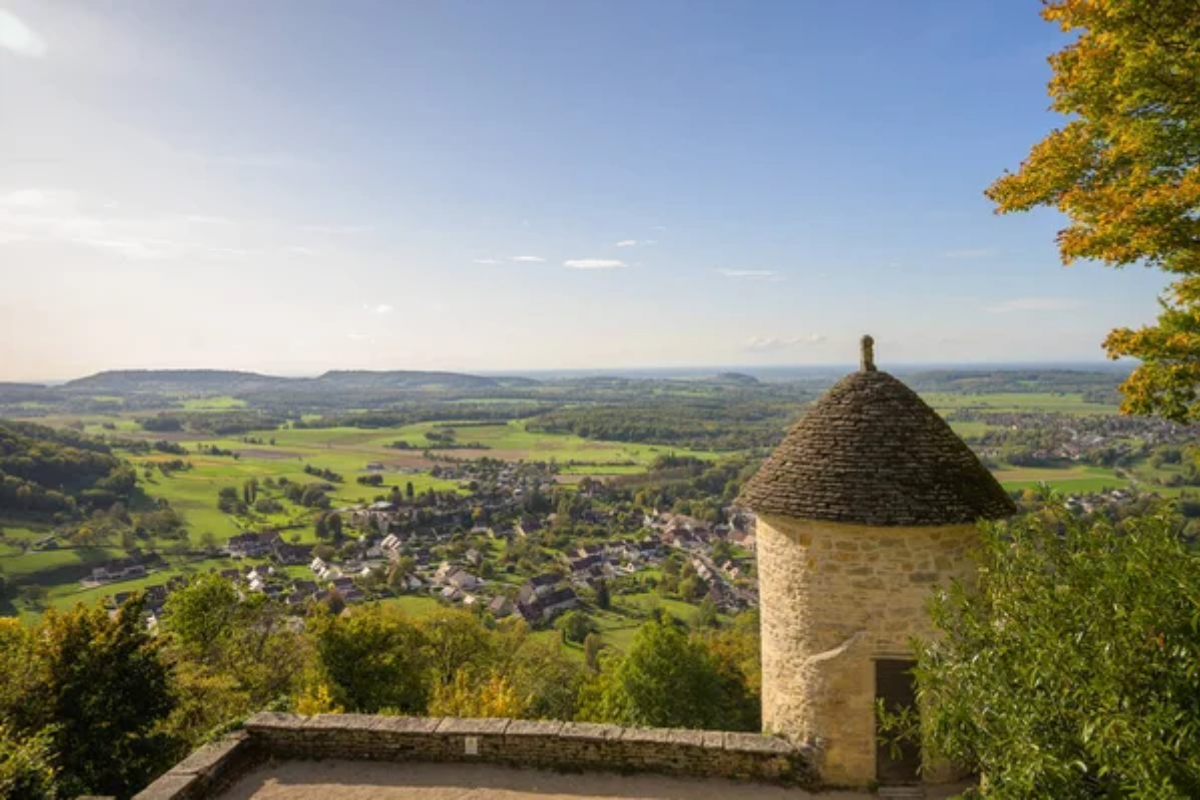
Perched atop a limestone cliff, this village of fewer than 200 inhabitants produces the distinctive yellow wine (vin jaune) of the Jura region through unusual aging methods requiring grape juice to spend years developing under a yeast film. Stone houses built from the same limestone that gives the wines their minerality cluster around a 12th-century church, while ancient cellars maintain constant temperatures ideal for the specialized aging requirements of this traditional wine style.
Like Travel Pug’s content? Follow us on MSN.
Rüdesheim, Germany

This Rhine Valley village of 4,000 residents specializes in steep-slope Riesling cultivation where vineyards rising at 60-degree angles create some of Germany’s most labor-intensive agricultural landscapes. The Drosselgasse pedestrian lane lined with wine taverns showcases the village economy’s complete orientation around wine tourism, while ancient family estates maintain traditions documented since medieval monasteries first recognized the exceptional quality of grapes grown on these challenging slopes.
Saint-Émilion, France
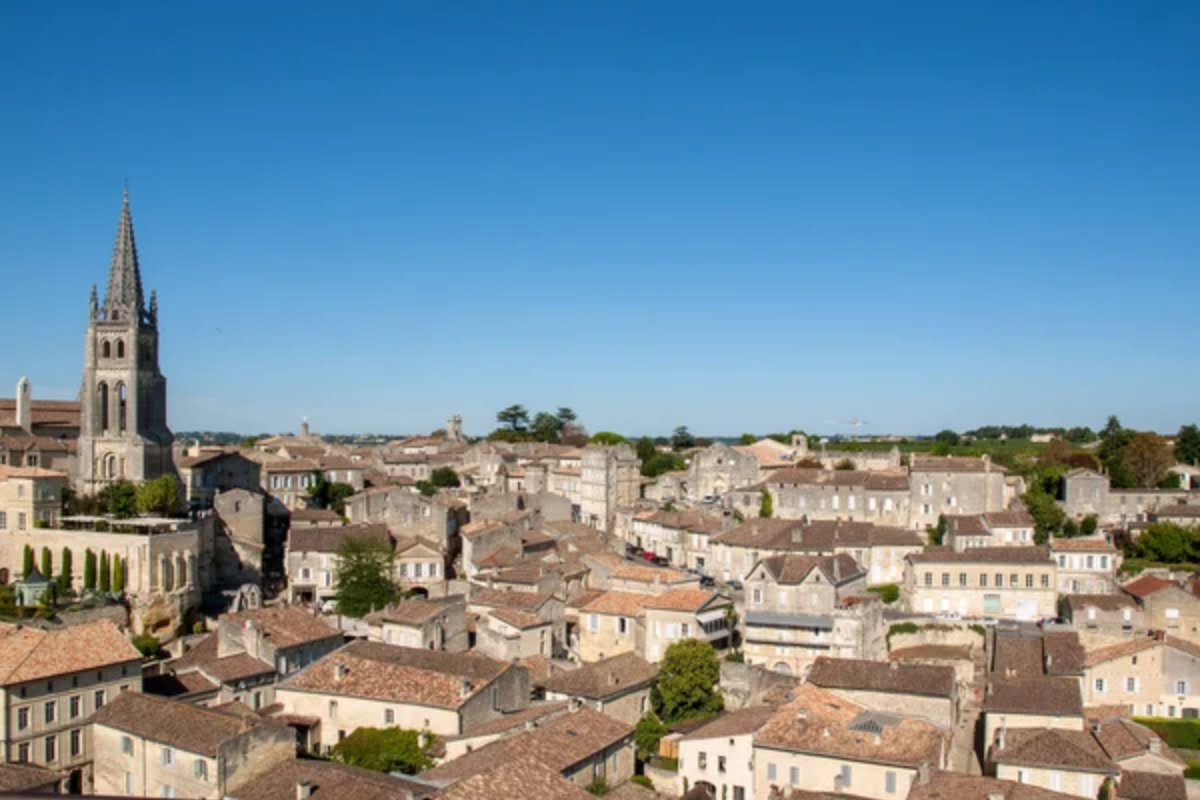
Built entirely from limestone extracted from caves beneath the village, this UNESCO-protected settlement of 1,900 residents represents Bordeaux’s right-bank winemaking traditions. The monolithic church carved directly from bedrock symbolizes how completely the community has shaped its environment around wine production, while the distinctive Merlot-dominated blends reflect soil compositions entirely different from left-bank Bordeaux villages just miles away.
Montepulciano, Italy

Medieval walls enclose this Tuscan hilltop village of 5,000 residents where underground tunnels connect wine cellars to noble palaces above. The community’s annual Bravio delle Botti competition, where barrel-rolling teams represent different neighborhood wine producers, demonstrates how completely vineyard identity determines social organization within the village.
In contrast, the distinctive Sangiovese-based wines aged in specific local oak maintain traditions established when Etruscan cultivators first planted vines on these slopes.
Like Travel Pug’s content? Follow us on MSN.
Pauillac, France

Despite having only 5,000 residents, this left-bank Bordeaux village hosts three of the five premier cru châteaux established in the 1855 classification. The Gironde Estuary provides both distinctive growing conditions and historically important transportation access, while the community calendar revolves entirely around vineyard cycles that determine everything from school holidays to local celebration schedules.
Santorini, Greece
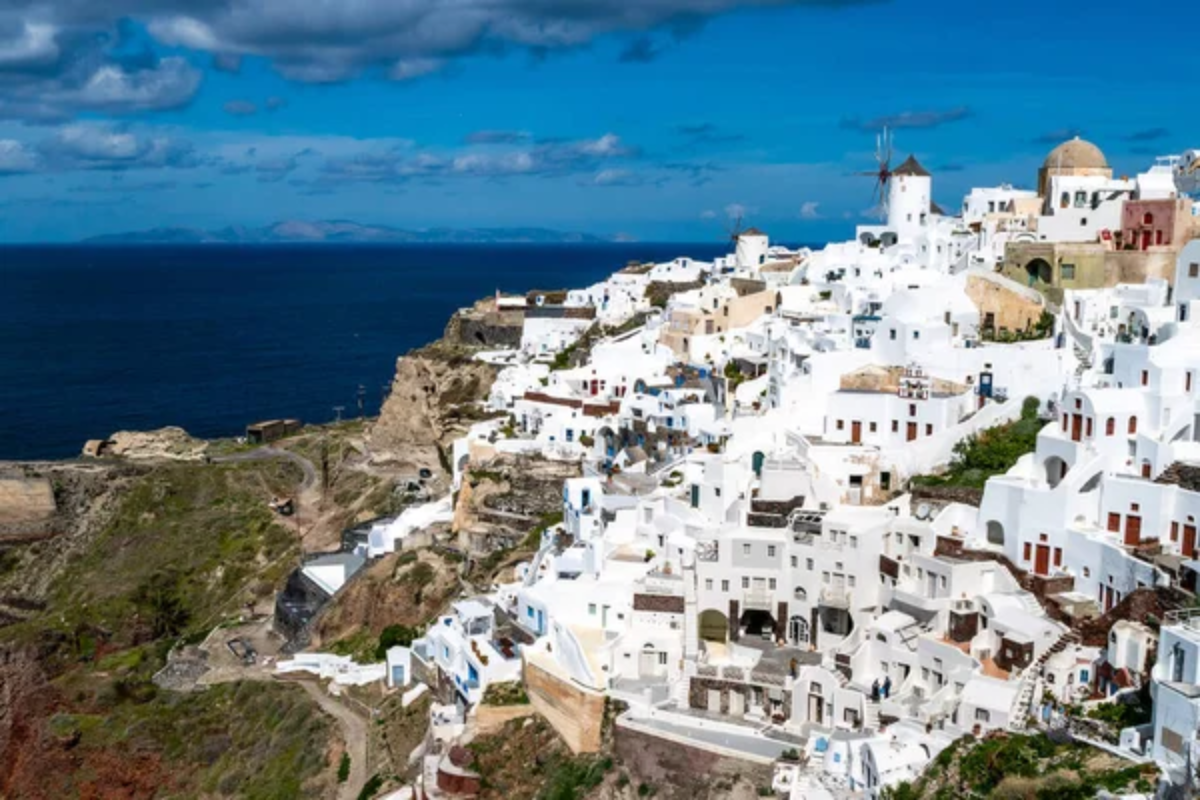
Clinging to volcanic cliffs, the white-washed buildings of this island village provide a stark contrast to the black volcanic soil where Assyrtiko grape vines are trained in distinctive basket shapes to protect against strong winds. The unique vineyard training system developed by generations of island winegrowers creates one of viticulture’s most recognizable landscapes.
In contrast, the mineral-rich volcanic soils produce distinctively saline white wines unlike any others in the Mediterranean.
Hautvillers, France
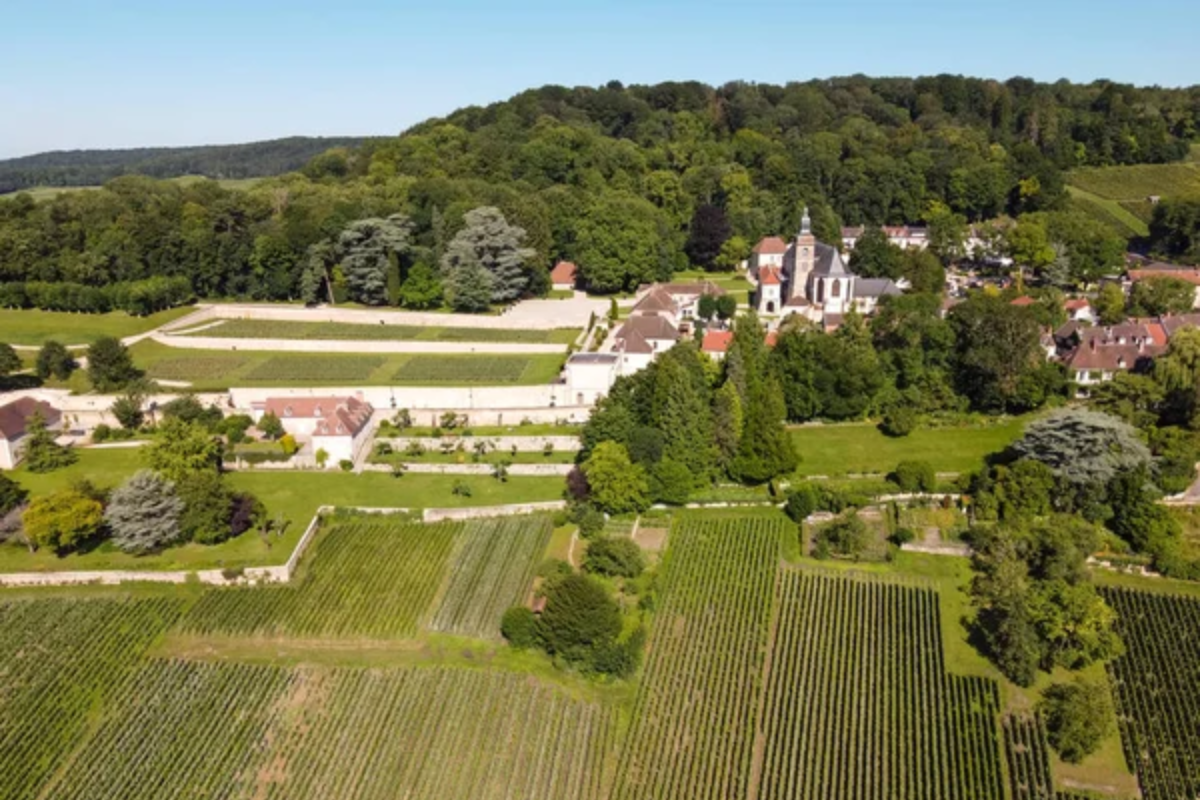
This Champagne village of fewer than 800 inhabitants holds outsized historical importance as home to the abbey where Dom Pérignon developed many techniques still used in sparkling wine production. The monk’s tomb in the village church attracts pilgrims from the wine world.
At the same time, the surrounding hillside vineyards demonstrate how specific microclimates and soil compositions led to the region becoming synonymous with celebratory wine worldwide.
Like Travel Pug’s content? Follow us on MSN.
Cannubi, Italy
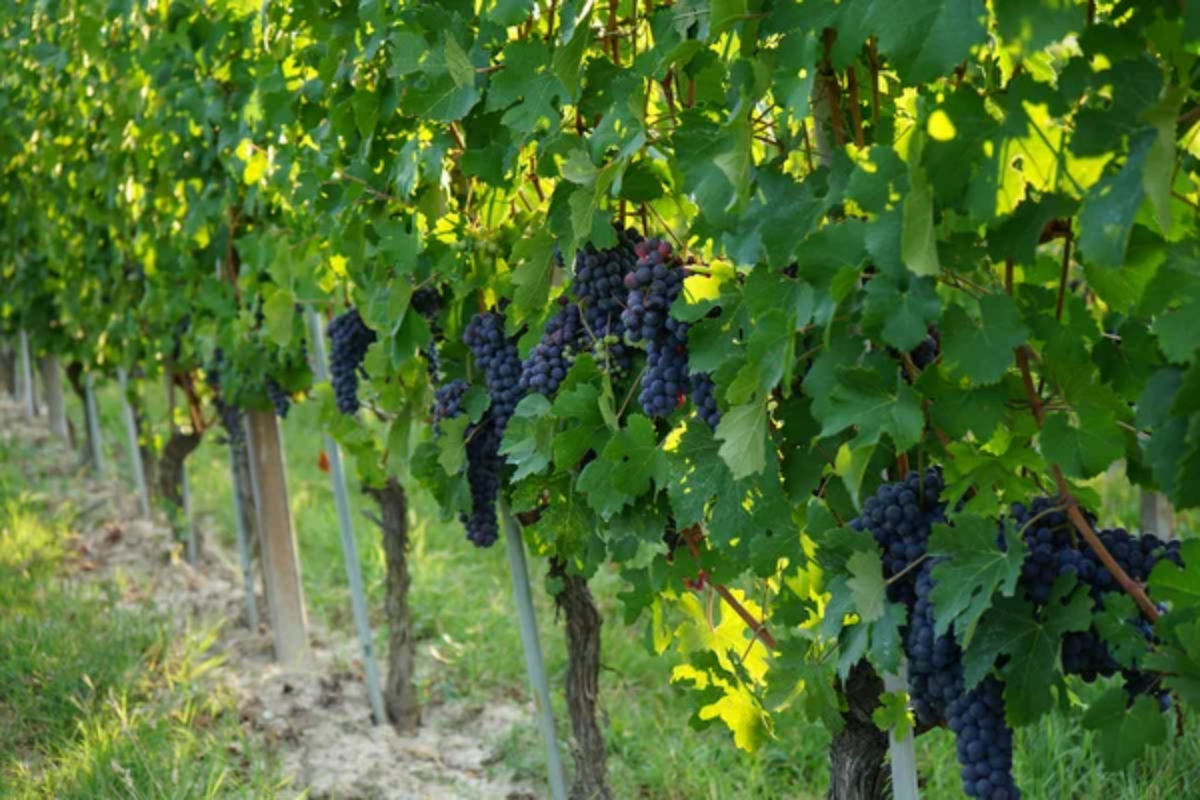
So tiny it barely constitutes a hamlet within the Barolo zone, this cluster of buildings sits atop the most famous vineyard hill in Italian wine history. The exceptional south-facing slope with unique soil composition combining both limestone and sandstone elements creates perfect conditions for Nebbiolo grapes, making wines from this specific location among Italy’s most collectible despite coming from a community so small it lacks even basic services.
Vouvray, France
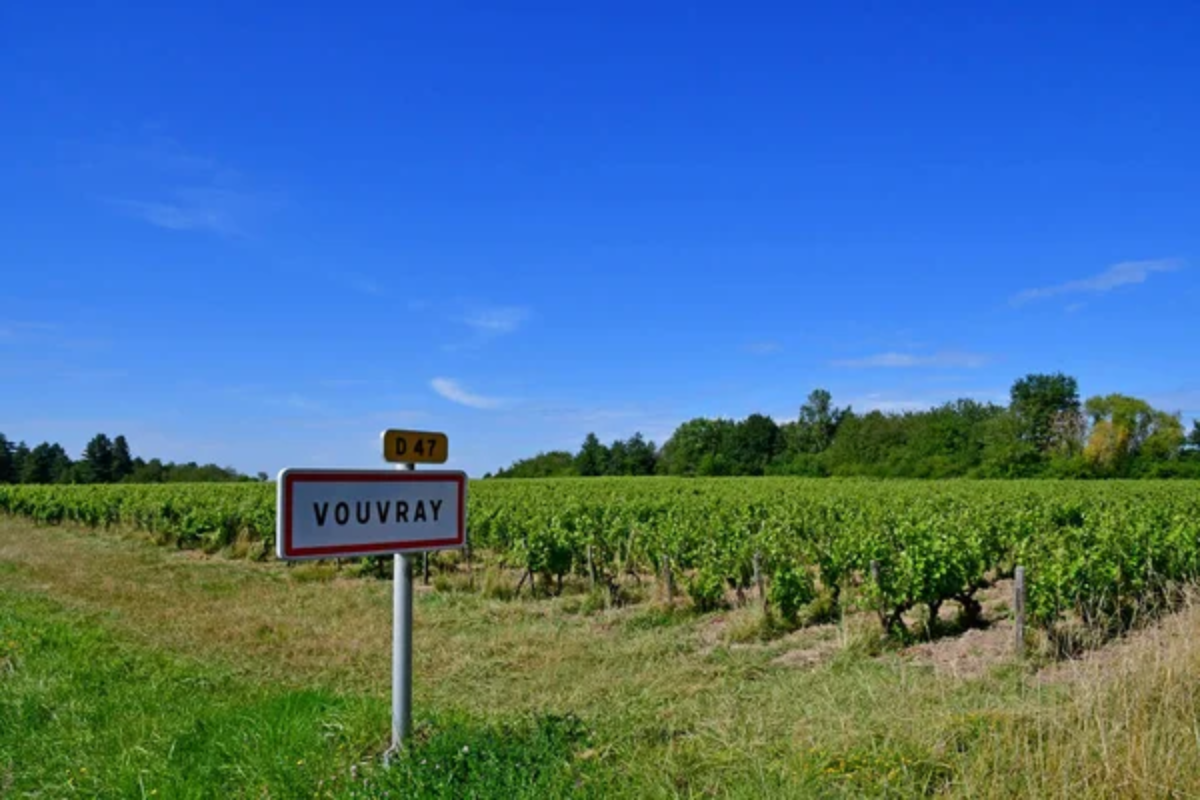
This Loire Valley village of 3,000 residents specializes in Chenin Blanc wines made in styles ranging from bone-dry to lusciously sweet depending on each vintage’s specific weather conditions. The distinctive limestone caves carved into hillsides serve as perfect natural wine cellars while doubling as dwellings for vineyard workers, creating a troglodyte architectural tradition unique to this winemaking community where human habitation and wine storage have shared space for centuries.
Coonawarra, Australia
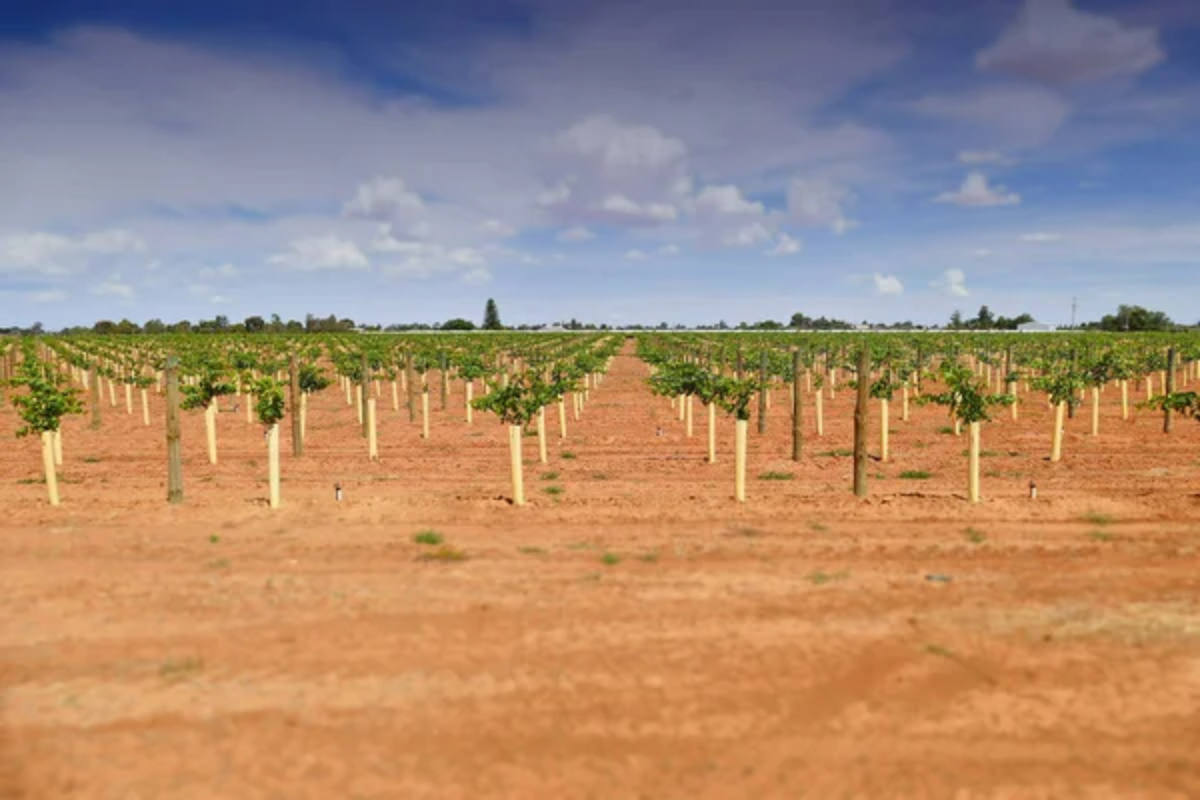
This tiny settlement in South Australia built its identity around a distinctive strip of terra rossa soil—a band of vivid red earth over limestone that produces outstanding Cabernet Sauvignon. The community’s wine fortunes were transformed when the relationship between this specific soil type and wine quality was recognized, demonstrating how geological uniqueness can determine a village’s economic trajectory and cultural identity despite its remote location.
Like Travel Pug’s content? Follow us on MSN.
Châteauneuf-du-Pape, France
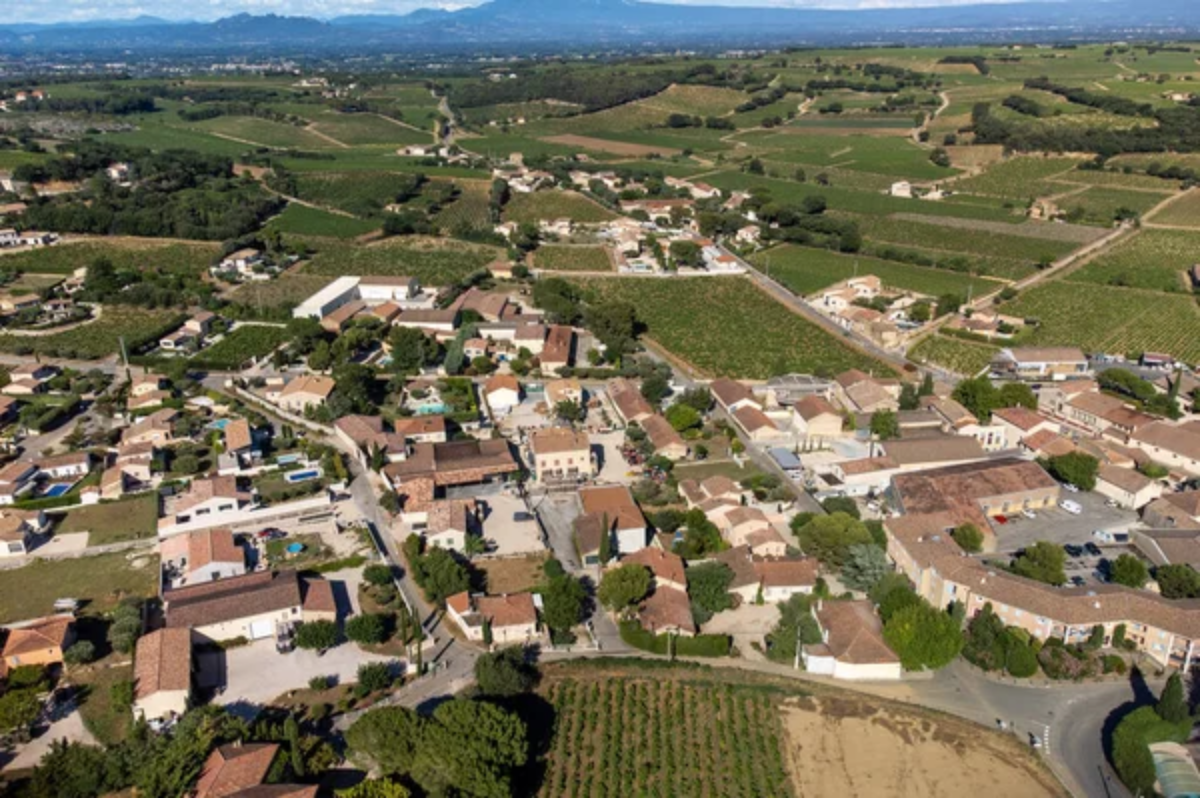
This southern Rhône village of 2,000 residents takes its name (“the Pope’s new castle”) from history as a papal summer residence, while distinctive large rounded stones covering vineyard floors store daytime heat for nighttime release to ripen grapes more fully. The village was among the first to establish appellation regulations protecting traditional practices, with rules so specific they famously prohibited flying saucers from landing in the vineyards—a testament to how seriously residents take protecting their viticultural heritage.
Bernkastel, Germany

Steep slate slopes rising dramatically from the Moselle River create some of the world’s most precipitous vineyard landscapes around this village of 7,000 residents. The distinctive Doctor vineyard—named after a medieval cure attributed to its wine—commands prices among Germany’s highest, while half-timbered medieval buildings in the village center house multigenerational winemaking families who maintain traditions documented since Roman times.
Montalcino, Italy
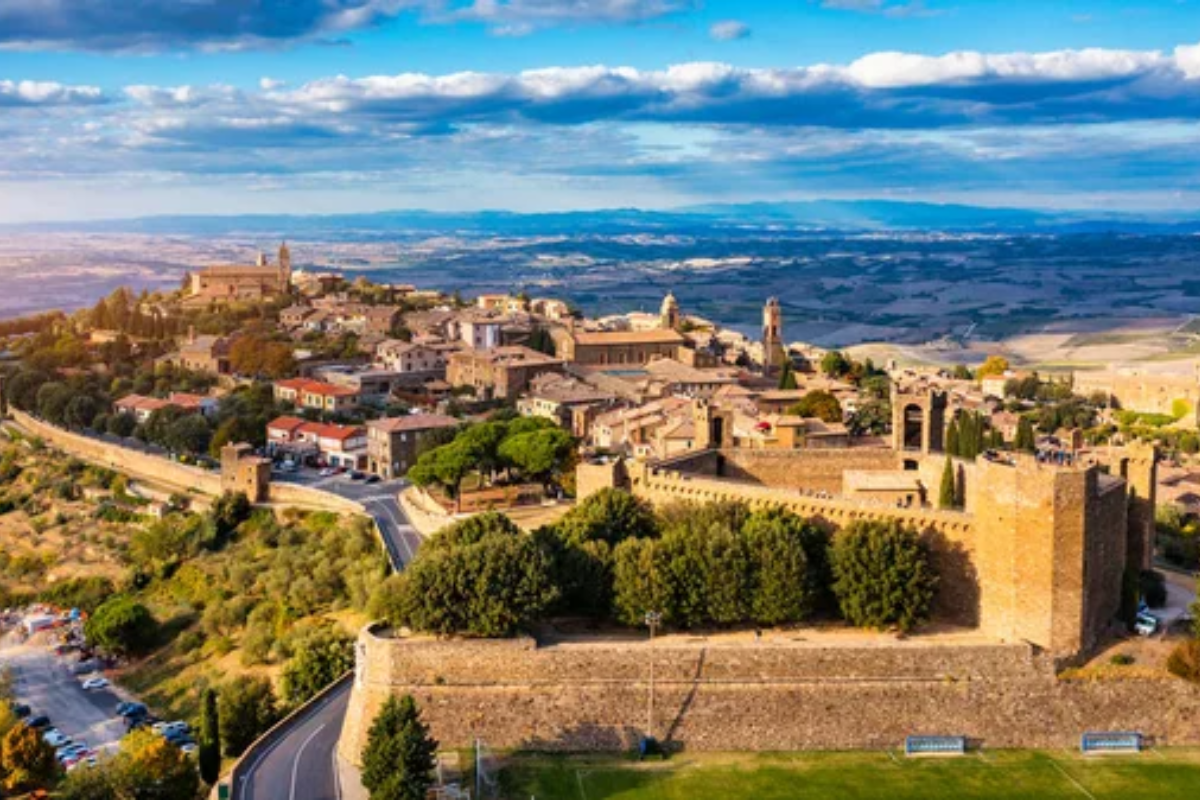
Perfectly preserved medieval walls encircle this Tuscan hilltop community of 5,000 residents where Brunello—Italy’s first wine region awarded the highest DOCG classification—dominates all aspects of local life. The isolated location perched high above surrounding countryside contributed to both the village’s defensive value and its unique microclimate perfect for ripening Sangiovese grapes, while the community’s calendar revolves entirely around vineyard cycles that have determined local rhythms for centuries.
Like Travel Pug’s content? Follow us on MSN.
Vine-Rooted Existence
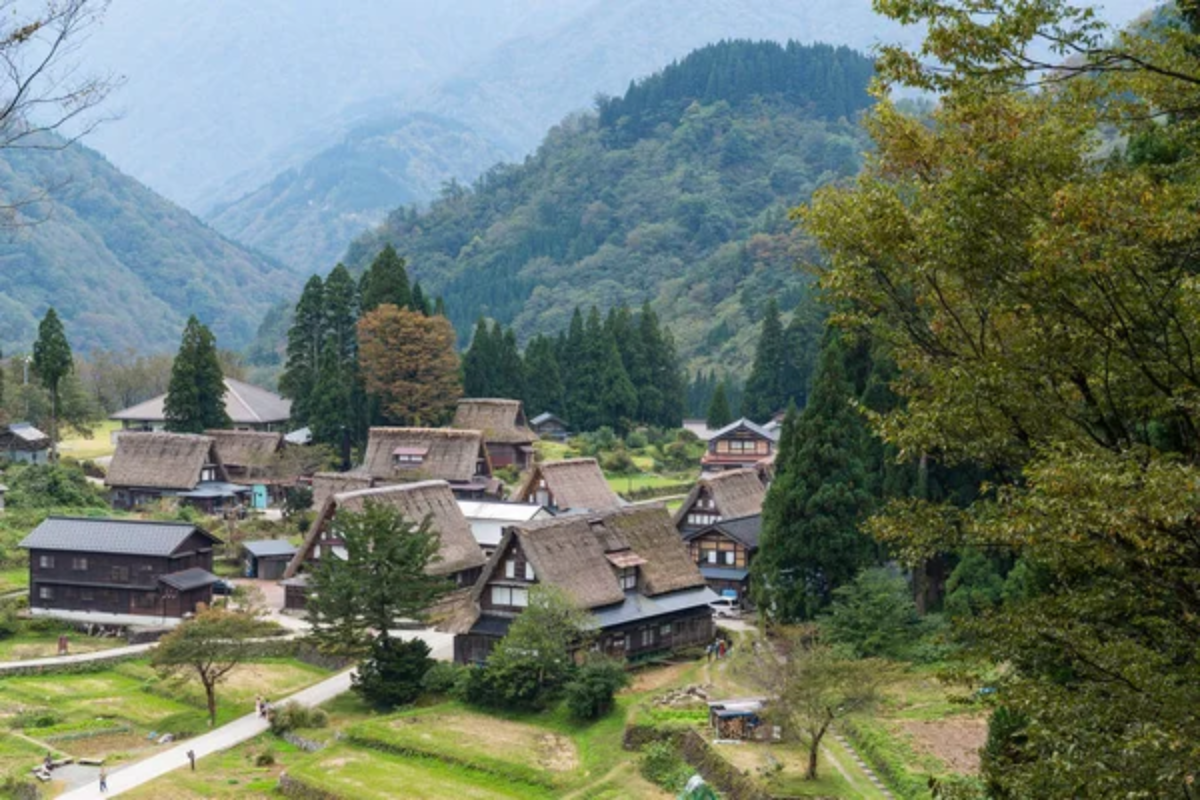
These villages represent more than just wine production centers—they embody distinct cultural approaches to life where grape cultivation and winemaking determine everything from architectural styles to social hierarchies. The relationships between specific soils, microclimates, and human traditions create wines impossible to replicate elsewhere, while the intimate scale of these communities ensures knowledge transfer through direct mentorship rather than formal education.
More from Travel Pug

- 20 Towns Built for One Purpose That Were Later Abandoned
- 15 Hidden Spots in Disney World’s Magic Kingdom Most Visitors Miss
- 20 Once-Popular Beach Towns That Are Now Ghostly Empty
- 15 Canyons in the U.S. That Are Just as Stunning as the Grand Canyon
- 10 Under-the-Radar Mountain Towns That Are Both Affordable and Beautiful
Like Travel Pug’s content? Follow us on MSN.
